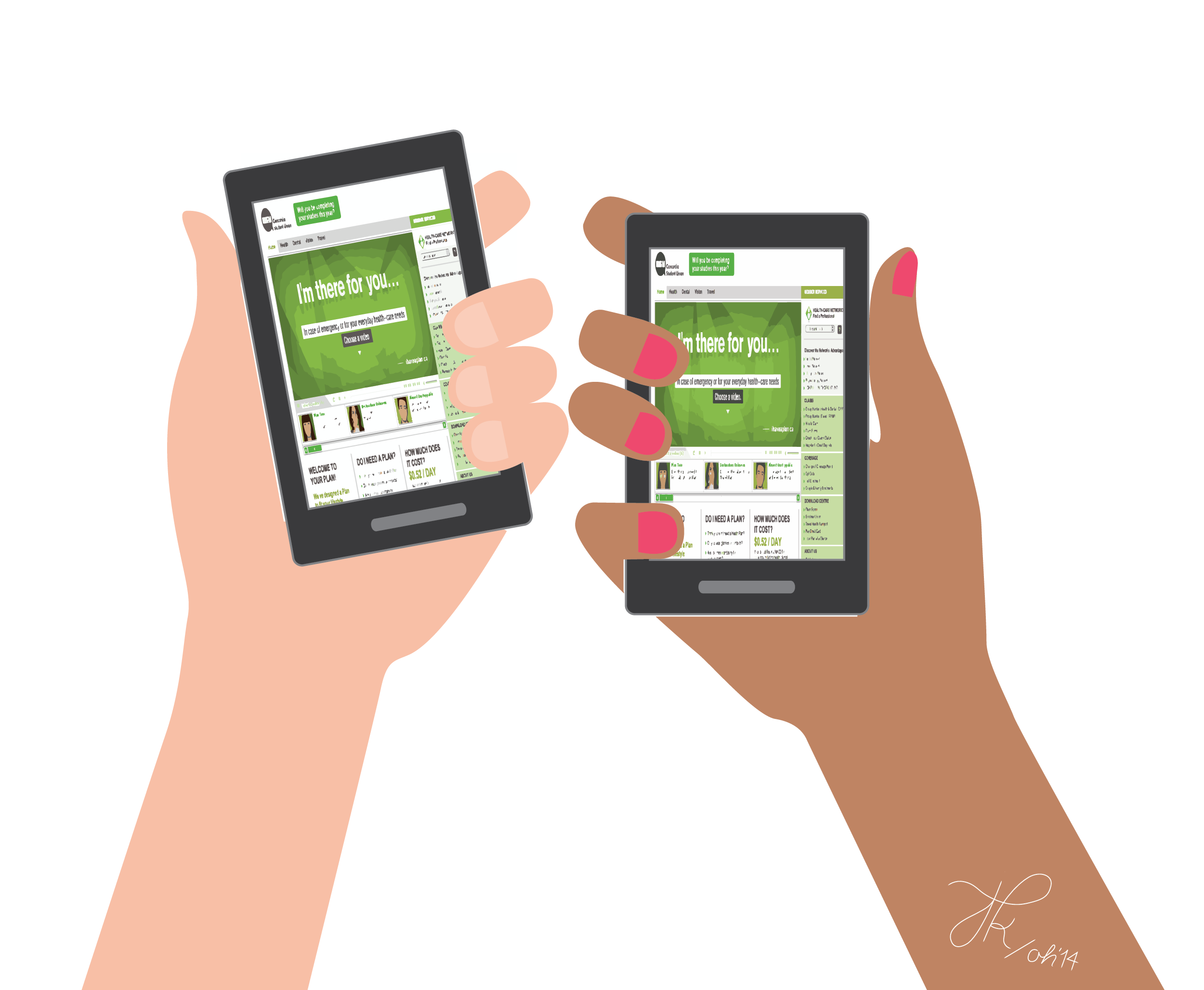How J.K. Rowling weaponizes white femininity against trans people
In a year of general tragedy, disappointment, and chaos in all regards, I didn’t expect a pillar of my childhood to be destroyed.
This summer, while people across the world were protesting against police brutality and systemic racism, J.K. Rowling, the author of Harry Potter, decided to get on Twitter. She mocked a headline which used the phrase “people who menstruate” following up with a tweet about her fear of biological sex being erased.
Rowling received backlash from LGBTQ+ organizations like GLAAD who called her tweets “cruel” and “anti-trans,” and cast members from the Harry Potter franchise criticized Rowling or spoke out in support of trans rights. Rowling did not see the error in her ways, however, nor did she have the wisdom to keep quiet. Instead she wrote a 3,000+ word essay published on her website in response to the criticism where she posits herself as a brave defender of women against radical trans activists.
There’s too much to get into, but there is a great thorough rebuttal and critique of the essay you can read from Mermaids, a gender non-conforming children’s charity.
The comment that struck me most in the essay was when Rowling stated that, “When you throw open the doors of bathrooms and changing rooms to any man who believes or feels he’s a woman … then you open the door to any and all men who wish to come inside.” Here, Rowling proves that she is a product of the media she has been exposed to.
This idea partly emanates from a variety of very harmful tropes in media about trans women; that they are “men in dresses” (perpetuated by the casting of cis men as trans women), that they are men dressing as women to get something (Some Like It Hot, Mrs. Doubtfire, White Chicks, Tootsie, etc.), or that they are crazy and violent (The Silence of the Lambs, Psycho, Dressed to Kill). With such a historic lack of representation, especially when Rowling was growing up, these types of representation form a lot of negative and incorrect ideas in people’s minds about who a trans person is.
Trans women, particularly trans women of colour, are disproportionately murdered every year. In a survey of trans Americans nearly half said they had been sexually assaulted, and over half had experienced some sort of domestic abuse. There is a correlation between this violence and fears created by these representations.
Representation of trans people as the butt of jokes also dehumanizes them, or portrays them as gross. In Ace Ventura: Pet Detective there is a scene where, after finding out he has kissed a trans woman (or a man depending on how you see it), Jim Carrey as Ventura throws up, induces vomiting, brushes his teeth, scrapes his tongue, and burns his clothes. A similar revelation happens in The Crying Game, in which the male lead hits a trans woman and throws up. When trans women’s killers are actually brought to trial they frequently use what’s known as the “trans panic defence.” This defence attempts to justify the murder by saying that the discovery of someone’s trans identity is that upsetting and shocking. This is an extension of homophobia in many ways because in these cases killers view trans women as “men in dresses.”
If you would like to learn more about the history of trans people in film and television, I’d highly recommend Netflix’s Disclosure, which is executive produced by Laverne Cox.
A lack of, and poor representation, of Black people also shares a history with trans representation.
In early cinema, blackface and crossdressing were often intertwined, as seen in A Florida Enchantment. There is a history of Black men being presented as hypermasculine and aggressive, perhaps seen most notably in D.W. Griffith’s Birth of a Nation where an actor in blackface attempts to rape a white woman.
Conversely, there is also a tradition of emasculating Black men dating back to slavery. Black comedians performing in drag (Tyler Perry as Madea, Jamie Foxx in In Living Color, Eddie Murphy in The Nutty Professor, Kenan Thompson on Saturday Night Live, etc.) has also become somewhat of a rite of passage.
Actors in blackface crossdressing or Black actors crossdressing is thus an intersection between racism (frequently rooted in the desire to laugh at Black people), misogynoir (asexualizing Black women, presenting them as masculine, aggressive, unattractive and other offensive stereotypes), homophobia, and transphobia.
Just as trans people are regularly murdered based on the notion that they are predators, Black people (particularly men) have been murdered based on the idea that they are dangerous, particularly to white women. Racism and sexism are both at play here because the “damsel in distress” is always a white woman, isn’t she?
In the Post Civil War era, white supremacists and politicians created racial fear amongst white people by frequently using the fear of rape of white women. So you can see how harmful Birth of a Nation was (also because it romanticized the KKK, leading to its rebirth). The consequences of these fears is perhaps epitomized by the lynching of 14-year-old Emmett Till in 1955, after he allegedly flirted with a white woman.
As Mia Brett notes in The Washington Post, “Though built on white privilege, the protection offered to white women against other groups actually serves anti-feminist goals of infantilizing women and using their safety as justification to enact bigoted violence. In cases where women’s safety cannot be easily weaponized against a Black, immigrant or trans person, the figure of the damsel in distress has evoked little societal response, even if a woman is in genuine danger.”
In many ways not much has changed since Emmett Till’s murder. Just this year, white New Yorker Amy Cooper notoriously called the police on Christian Cooper, a Black birdwatcher who had asked her to put her dog on a leash. Luckily, Christian Cooper made it out alive, but incidents like this frequently escalate to violence. In the video you can watch online, she changes her voice to sound distressed and before she calls 911 she tells Cooper “I’m gonna tell them there’s an African American man threatening my life,” demonstrating she is knowingly weaponizing her white femininity against him. In fact there are plenty of videos online of hysterical white women calling 911 on Black people for anything from barbecuing at a lake, sleeping in a University common room, to simply being in a Starbucks.
Similar fears and dynamics are at play in Rowling’s fears of “erasing sex” and “letting any man who believes or feels he’s a woman” into women’s bathrooms.
I have to acknowledge my own white womanhood and the history and privilege and power that comes with that. Frequently, white women delude themselves into thinking that they cannot be oppressive to others because they have been oppressed for their gender, and this delusion has negative consequences. Even crying to a Black person about your guilt over racism, a phenomenon dubbed “white woman tears,” is oppressive. It shuts down dialogue, puts the focus on the white woman, and forces POC to comfort her.
We must recognize the sources of our fears when it comes to the “other” and realize that unconscious bias is at play, even for those of us who so desperately don’t want to be racist or transphobic.
Rowling’s latest instance of transphobia comes from her latest novel where the killer is a “transvestite serial killer.” The transphobic media which seems to have shaped Rowling’s views is thus perpetuated by her and so the cycle continues. In August, Rowling returned her Robert F. Kennedy Human Rights Award after Kerry Kennedy, his daughter, called Rowling’s comments transphobic. Again, Rowling posited herself as a martyr for women’s rights, claiming no award could be as important as following her conscience.
I don’t think Rowling believes herself to be transphobic. In fact, in her essay she says most trans women pose zero threat, acknowledges that trans women of colour are more likely to be affected by violence, and says she wants trans women to be safe. But whether she realizes it or not, she is using and perpetuating stereotypes which harm trans people. Her type of transphobia is more subtle but is just as if not more harmful than outright bigotry. She comes across as reasonable and constructs well-spoken arguments, says she has trans friends and rejects the TERF (trans-exclusionary radical feminist) label, so her arguments will be more palatable to people.
She has deluded herself into believing that she is being wrongfully attacked because of misogyny, that she is the victim of a witch hunt. Maybe she doesn’t have any malicious intent — she says she doesn’t — but she is afraid. And a white cishet woman’s fear can lead to real violence and oppression. Beware this type of white cishet woman and call her out on her bullshit, especially if you are also a white cishet woman.
Graphic by @the.beta.lab




